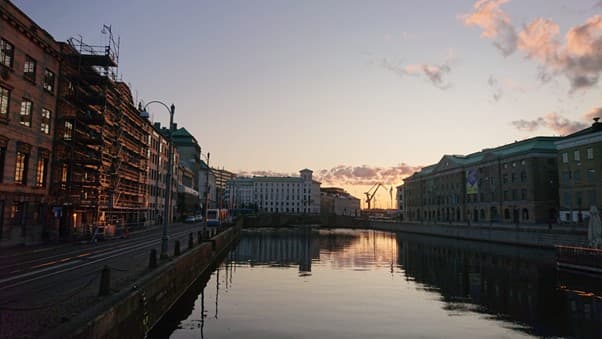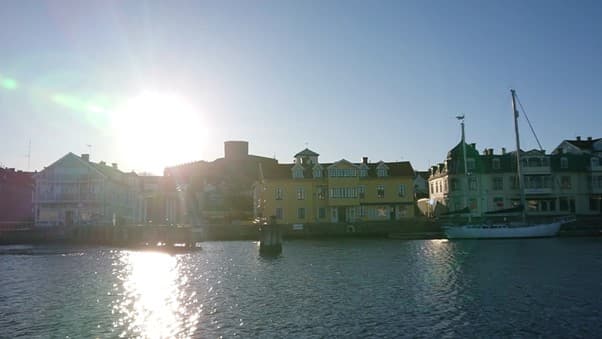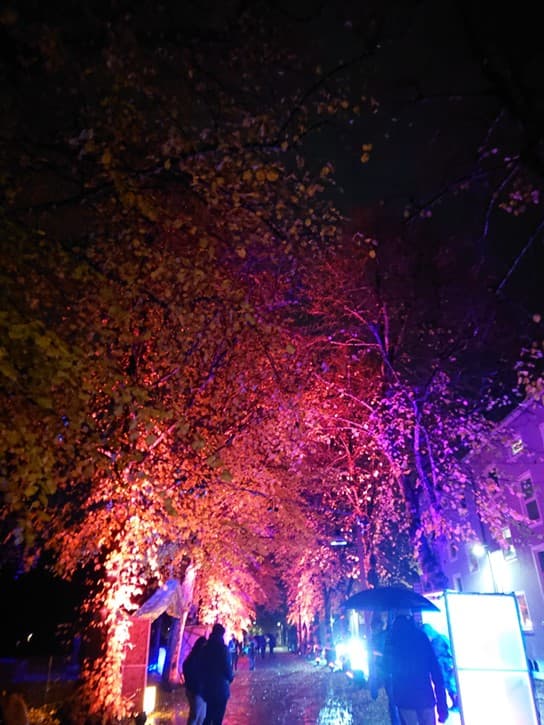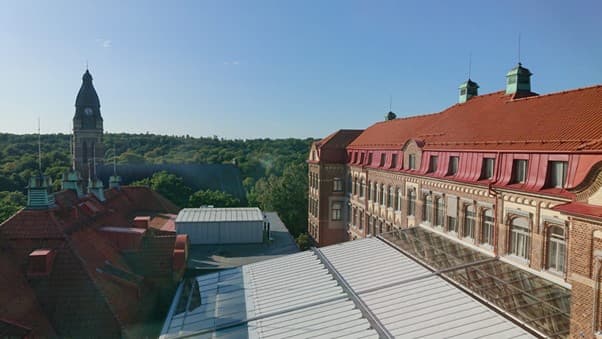From September to mid-November 2023, I interned at a lab for my master’s studies in Gothenburg, Sweden. My interest in this particular lab was due to its interest in metabolic activity. Getting accepted started with emails and further interviews, and everything was fortunately finalized within a month. I did however start planning my visit earlier in April, which I would recommend to ensure that your place of interest can accommodate you
Preparation
The preparations for my lab rotation included some courses to be qualified to work with the experiments in which the lab was involved. This included some prior preparation and an on-site examination to be qualified for experiments under Swedish law. The project’s methods and techniques themselves were learned throughout the internship.
Mobility fund
To support my stay for 3 months I applied for Erasmus + with the necessary traineeship documents, a letter of motivation, and supporting papers. The necessary papers are available on the Mobility online page and were easily completed when all the documents were filled out beforehand. The first funding installment was received at the beginning of my second month.
Reaching Gothenburg
The flight itself took around 5 hours from Bremen, first taking the train to Hamburg and then a direct flight. Settling down into Gothenburg and getting adjusted to the lab was simple as everyone was welcoming. Other options to reach Gothenburg are via the new night train going from Hamburg to Malmö, and then a train onwards to Gothenburg.
During the stay
To get around in Sweden there is a västrafik to go app which has different prices for adults, youth, and students. Unfortunately, my visit was accounted for as a visiting student status and not a student status according to the Swedish student benefits (on an app called Mecenat). There are different prices for single, monthly, and 3-month period tickets. Grocery prices are generally a bit more expensive in Germany, as well as the costs of eating out. The most common on university campus areas is to take with food as the canteen prices are similar to restaurant prices during lunch times. Dinner prices are naturally more expensive. On my way to campus, there was a sandwich shop which I would typically buy something from to eat later. Another good, budget-friendly option are the wide variety of food pies that local supermarkets have.
South Sweden is known for cozy walks among well-designed old streets (Haga which is also known for a bunch of cafés). Gothenburg also has the amusement park Liseberg located in central which is highly worth checking out during all seasons of the year. Roughly an hour outside of Gothenburg is an Island called Marstrandsön, an island known for its fortress, forest, swimming area, and canoeing opportunity. The archipelago islands in Gothenburg (boats that go from the stop Saltholmen) also have a beautiful landscape worth seeing year-round. Locally in the forest, it was high season for mushroom picking, but a local who is experienced with that can better tell which mushrooms are safe to eat. Halloween took place during my stay, and the theme park Liseberg had set up a theme around it for those who are interested.
Sweden is very cash-free. Some popular food establishments for example only accept cards or Swish, which you can set up if you have a Swedish bank. I would recommend to check with your bank that your card works in Sweden.
During October an event was held in the neighboring city Alingsås (known for its dense populations of cafés) called Lights in Alingsås. Students from all over the world get together to create an art exhibition within a theme in the streets of Alingsås. If you visit during the October month, it is a nice thing to experience.
Biking is common here during the warmer days but Sweden has an uneven terrain meaning that many use e-bikes to get around. The public transportation system is however reliable and covers the majority of destinations via tram and bus. There is also a boat that crosses over the river separating Gothenburg for free, part of västraffik.
Gothenburg in particular, being on the coast is known for its windy and rainy days. There is a very popular saying that “det finns ingen dålig väder, bara dåliga kläder” meaning that there is no bad weather, only bad clothing. You’ll see that many Swedes are dressed accordingly and are prepared for the different weather that the year can bring. Autumn has bits of sun and moves towards cloudy/rainy, but whenever the sun does come out it’s enjoyed by everyone.
Conclusion
My stay was very enjoyable. though most of my time was spent in the lab, I found time to explore the city, and the leisure opportunities are vast for different types of interests (bars, hikes, museums, etc.) I found that I had gained a rewarding experience in terms of career while enjoying what Gothenburg had to offer.





Neueste Kommentare